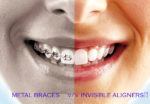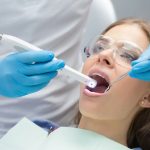Buck Teeth Begone: The Ultimate Guide on How to Get Rid of Buck Teeth
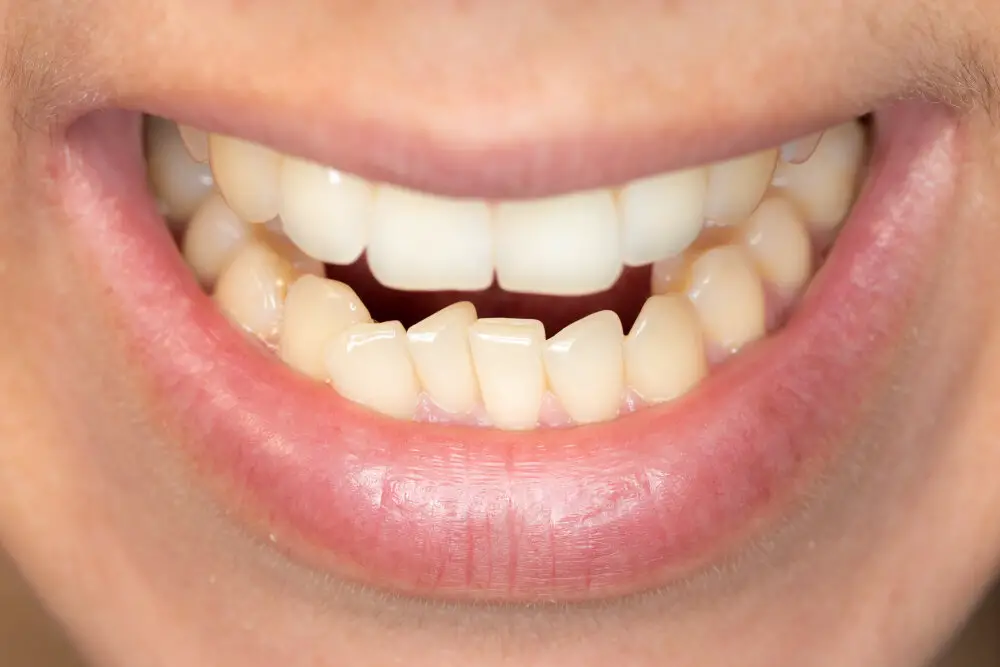
Buck teeth can be an embarrassing problem that affects many people. It is a condition where the upper front teeth protrude outwards, creating a noticeable gap between the upper and lower teeth. While it is not a serious dental issue, it can affect a person’s self-confidence and cause social anxiety. Fortunately, there are various ways to address this problem and achieve a beautiful, healthy smile. In this ultimate guide on how to get rid of buck teeth, we will explore the various treatments available to correct this dental condition. From traditional orthodontic braces to clear aligners, lingual braces, and even cosmetic options such as veneers, we will discuss the pros and cons of each treatment method. We will also cover the different factors that affect the cost and duration of the treatment, as well as the possible risks and complications that may arise. By the end of this guide, you will have a better understanding of what options are available to you and which one may be the best fit for your individual needs and preferences.
Buck teeth, also known as malocclusion or overbite, is a dental condition where the upper front teeth protrude excessively beyond the lower teeth. It is often caused by a mismatch between the jaw size and the teeth, which results in overcrowding of the teeth. This condition can cause speech difficulties, bite problems, and may even affect self-confidence. Buck teeth can be corrected through various dental procedures such as braces, aligners, and surgeries. It is important to seek professional advice from a dental expert to determine the best treatment option for an individual’s specific needs. With the right treatment, buck teeth can be corrected, giving individuals the confidence to smile freely.
Fixing buck teeth is crucial not only for aesthetic purposes but also for one’s oral health. Misaligned or protruding teeth can cause difficulties in chewing and speaking, leading to digestive and speech problems. Moreover, these teeth are more prone to damage and decay due to their exposed position. Buck teeth can also cause self-esteem issues and affect social interactions. Fortunately, there are various dental treatments available, such as braces, aligners, and surgery, that can correct the positioning of the teeth and improve overall oral health. By fixing buck teeth, one can achieve a beautiful smile, enhance their quality of life, and avoid potential dental problems in the future.
Welcome to \Buck Teeth Begone: The Ultimate Guide on How to Get Rid of Buck Teeth.\ This comprehensive guide is designed to provide you with all the information you need to understand what buck teeth are, why they occur, and most importantly, how to get rid of them. We’ll cover everything from the various treatment options available to the do’s and don’ts of maintaining good oral hygiene. Our aim is to help you achieve a confident and beautiful smile, free from the embarrassment of buck teeth. Whether you’re a teenager or an adult, this guide is for you. So buckle up and let’s get started on the journey to a perfect smile!
Understanding Buck Teeth
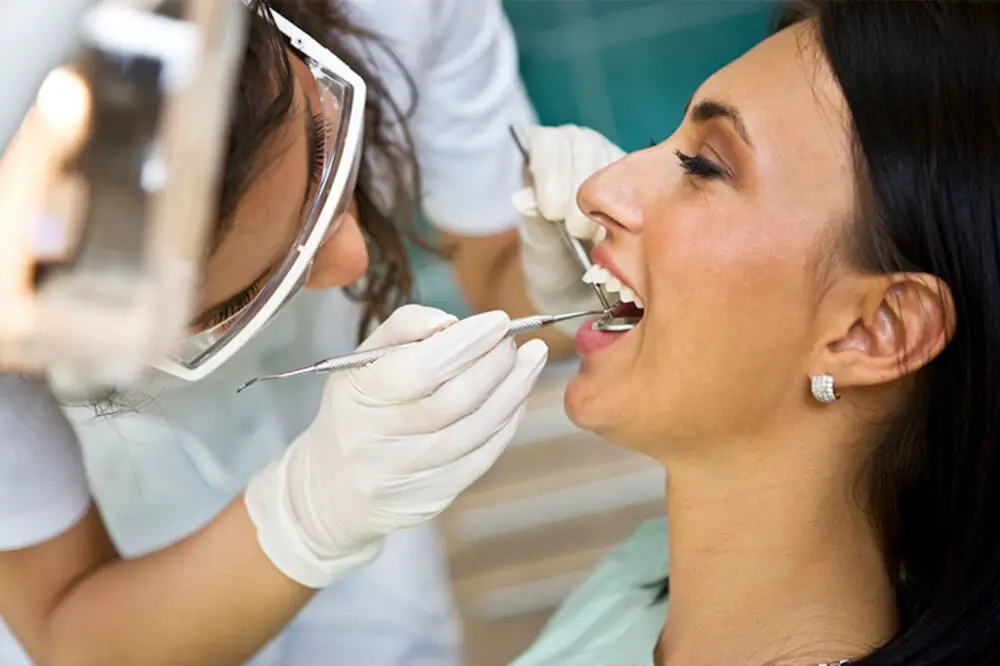
Buck teeth, also known as malocclusion, is a dental condition where the upper front teeth protrude significantly beyond the lower front teeth. This condition can cause discomfort, difficulty in speaking, and even affect self-esteem. Buck teeth can be caused by various factors, including genetics, thumb-sucking, tongue-thrusting, and prolonged use of pacifiers. It is essential to understand that buck teeth can also lead to other dental problems, such as gum disease, tooth decay, and jaw pain. It is, therefore, crucial to identify and address buck teeth early to prevent further complications. There are several treatment options available for buck teeth, depending on the severity of the condition. Orthodontic treatment, such as braces and aligners, is a common solution for buck teeth. The treatment realigns the teeth, corrects the bite, and improves the overall appearance of the teeth. In severe cases, oral surgery may be necessary to correct the condition. However, it is crucial to consult with a dentist or orthodontist to determine the best treatment option for your specific case. With proper treatment and care, buck teeth can be corrected, and individuals can enjoy a healthy and beautiful smile.
Buck teeth, also known as malocclusion, is a dental condition where the upper front teeth protrude forward, creating a significant gap between the upper and lower teeth. Several factors can cause buck teeth, including genetics, thumb sucking, and prolonged use of pacifiers in childhood. Additionally, tongue thrusting, where the tongue pushes against the teeth during swallowing or speaking, can also contribute to the development of buck teeth. Other causes include poor oral hygiene and gum disease, which can lead to tooth loss and create gaps that cause the remaining teeth to shift forward, resulting in an overbite. Identifying the underlying cause of buck teeth is crucial for determining the appropriate treatment plan.
Buck teeth, also known as malocclusion, is a dental condition that affects many people across the world. It is characterized by the protrusion of the upper front teeth, which often results in an overbite. There are different types of buck teeth, including Class I, Class II, and Class III malocclusion. Class I malocclusion is the most common type and occurs when the upper teeth slightly overlap the lower teeth. Class II malocclusion is when the upper teeth significantly overlap the lower teeth, resulting in a more pronounced overbite. Class III malocclusion is the opposite of Class II and occurs when the lower teeth overlap the upper teeth, resulting in an underbite. Regardless of the type, buck teeth can be corrected through various orthodontic treatments, such as braces, aligners, and retainers.
To diagnose buck teeth, it is important to consult with a dental professional. A dentist or orthodontist will evaluate the position and alignment of the teeth and jaw using various diagnostic tools such as X-rays or digital scans. They will also examine the bite and look for any signs of overcrowding or spacing issues. In some cases, a dental impression may be taken to create a model of the teeth and jaw. Based on their findings, the dental professional will determine the severity of the buck teeth and recommend a treatment plan that may include braces, aligners, or other orthodontic appliances. Early diagnosis and treatment of buck teeth can prevent more serious dental problems in the future and improve overall oral health.
Traditional Orthodontic Treatment
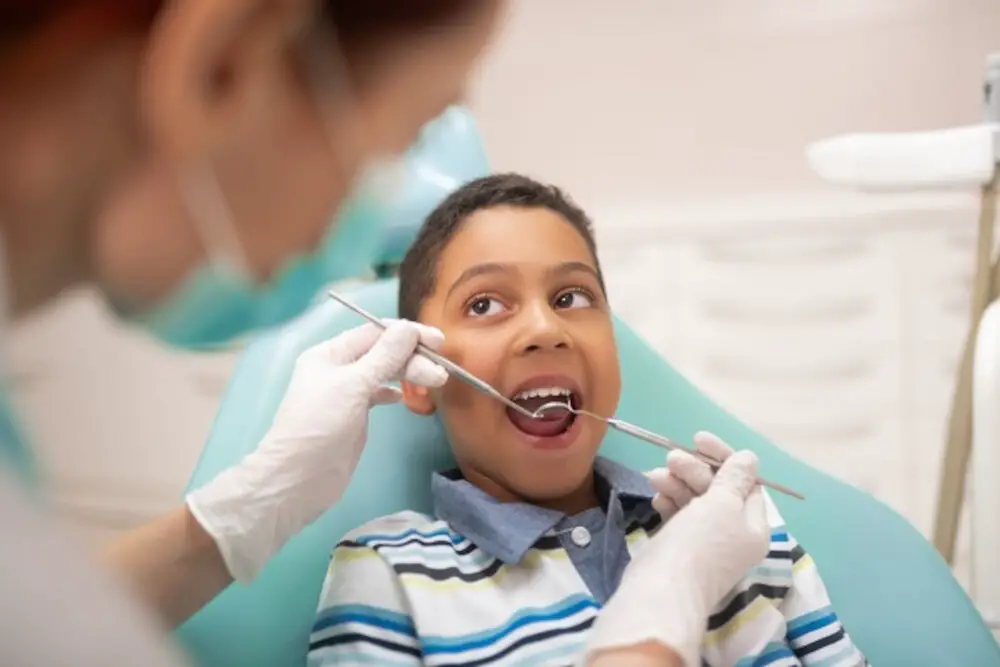
Traditional orthodontic treatment is a common method used to realign teeth and correct bite issues. The treatment typically involves the use of metal brackets and wires to gradually shift the teeth into their proper positions. The brackets are attached to each tooth with a special adhesive, and a wire is threaded through them. The wire is then tightened periodically, putting pressure on the teeth to move them into the desired position. Traditional orthodontic treatment can take anywhere from several months to a few years, depending on the severity of the dental issue being addressed. While traditional orthodontic treatment can be effective, it does have some drawbacks. The metal brackets and wires can be uncomfortable and may cause irritation to the lips, cheeks, and tongue. They can also make it difficult to clean the teeth properly, increasing the risk of tooth decay and gum disease. In addition, the treatment can be expensive and time-consuming, requiring frequent office visits for adjustments and maintenance. Nonetheless, for those who desire a long-lasting solution to their buck teeth, traditional orthodontic treatment could be the best option.
Traditional braces, also known as metal braces, are the most common orthodontic treatment used to fix buck teeth. They consist of metal brackets that are attached to each tooth with a special adhesive and connected by a metal wire. The brackets are adjusted periodically to gradually move the teeth into their correct position. Although traditional braces are visible and can be uncomfortable at times, they are effective in correcting even the most severe cases of buck teeth. The length of treatment varies depending on the severity of the case, but generally lasts between 18-24 months. With proper care and regular adjustments, traditional braces can provide a lifelong solution to buck teeth.
Braces are a popular orthodontic treatment that works to fix buck teeth. By applying gentle and constant pressure to the teeth, braces gradually move them into their proper position over time. The brackets and wires are strategically placed on the teeth to ensure the correct amount of pressure is applied to each tooth. As the teeth shift, the bone around them adjusts, allowing the teeth to move into their new position. Orthodontists may also use additional methods, such as rubber bands or headgear, to further correct the alignment of the teeth. While braces can be uncomfortable and require regular adjustments, they are highly effective at straightening teeth and improving the overall appearance of the smile.
Traditional orthodontic treatment, such as braces, can be effective in correcting dental issues like buck teeth. The treatment involves attaching brackets to the teeth and connecting them with wires to exert pressure and gradually shift the teeth into the desired position. One of the advantages of traditional orthodontic treatment is that it can address a wide range of dental problems, from overcrowding to bite issues, and produce long-lasting results. However, the treatment can be uncomfortable, with soreness and irritation commonly reported by patients. It can also be unsightly, with the metal brackets and wires visible in the mouth, which may affect a person’s self-esteem. Additionally, the length of treatment can range from a few months to several years, which can be a significant commitment for some patients.
Invisalign Treatment
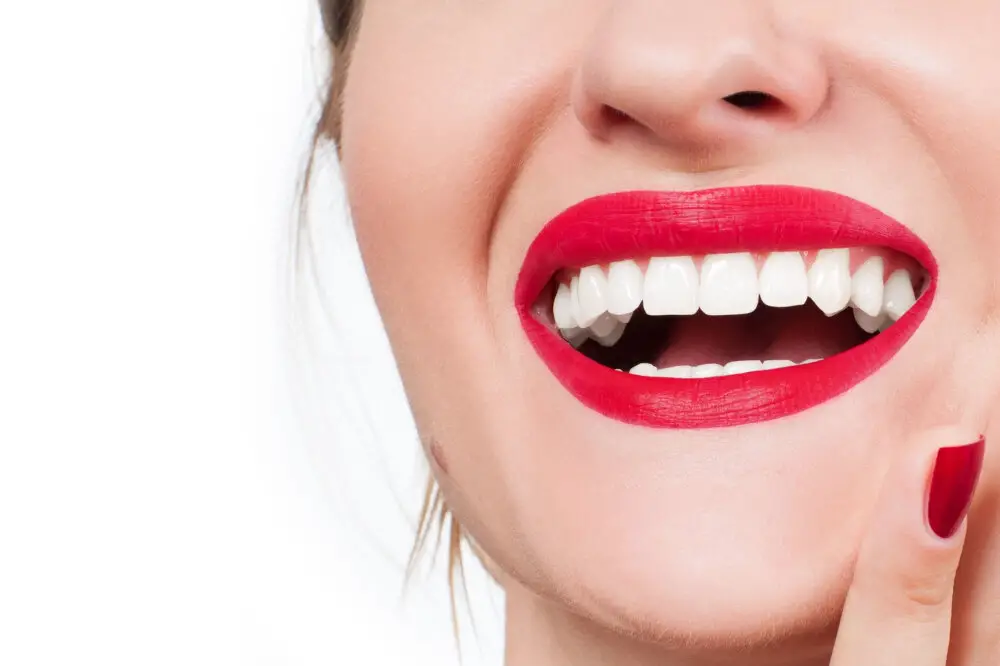
Invisalign treatment is a popular solution for people who want to get rid of their buck teeth. Unlike traditional metal braces, Invisalign uses clear, removable aligners to gradually shift teeth into their desired position. Invisalign aligners are custom-made for each patient using advanced 3D imaging technology, ensuring a comfortable and precise fit. Unlike metal braces, Invisalign aligners are virtually invisible, making them a great option for people who want to discreetly correct their teeth. Invisalign aligners are also removable, which means patients can continue to enjoy their favourite foods without any restrictions. Treatment time varies from person to person, but most people achieve their desired results within 12 to 18 months. One of the biggest advantages of Invisalign treatment is that it is much more comfortable than traditional metal braces. The aligners are made from a smooth, flexible plastic material that doesn’t irritate the gums or cheeks. Unlike metal braces, which require frequent adjustments and tightening, Invisalign aligners are changed out every two weeks, which means patients only need to visit their orthodontist every six to eight weeks. Invisalign aligners are also easier to clean than traditional braces, as they can be removed for brushing and flossing. With Invisalign, patients can enjoy a more comfortable, convenient, and discreet orthodontic treatment that can help them achieve the smile they’ve always wanted.
Invisalign is a popular orthodontic treatment that uses clear plastic aligners to straighten teeth. Unlike traditional braces, Invisalign aligners are virtually invisible and can be removed for eating, brushing, and flossing. The treatment involves a series of custom-made aligners that gradually shift the teeth into their desired position. Invisalign is a great option for those who want to straighten their teeth without the appearance of traditional metal braces. The aligners are comfortable to wear and can improve both the appearance and function of the teeth. While the treatment may take longer than traditional braces, the end result is often just as effective and can lead to a confident, beautiful smile.
Invisalign is a popular orthodontic treatment that works to fix buck teeth by using clear aligners that are customized to fit each patient’s teeth. These aligners are made of a smooth, comfortable, and virtually invisible plastic that gradually shifts the teeth into the desired position over time. Unlike traditional metal braces, Invisalign aligners are removable, making it easier to maintain good oral hygiene and enjoy your favorite foods without any restrictions. The treatment process generally takes between 12 to 18 months, depending on the severity of the misalignment, and requires regular checkups with your orthodontist to monitor progress and make any necessary adjustments. Invisalign is a discreet and effective way to achieve a straighter, more confident smile without the discomfort and inconvenience of traditional braces.
Invisalign treatment is an orthodontic procedure that uses clear, removable aligners to straighten teeth. One of the main advantages of Invisalign is that the aligners are virtually invisible, making them a popular choice for adults and teenagers who are self-conscious about their appearance. In addition, the aligners can be removed for eating and brushing, which makes them more convenient than traditional braces. However, Invisalign treatment can be more expensive than traditional braces and may not be suitable for complex dental issues. Additionally, patients must be disciplined and wear the aligners for at least 22 hours per day for the treatment to be effective.
Alternative Treatments
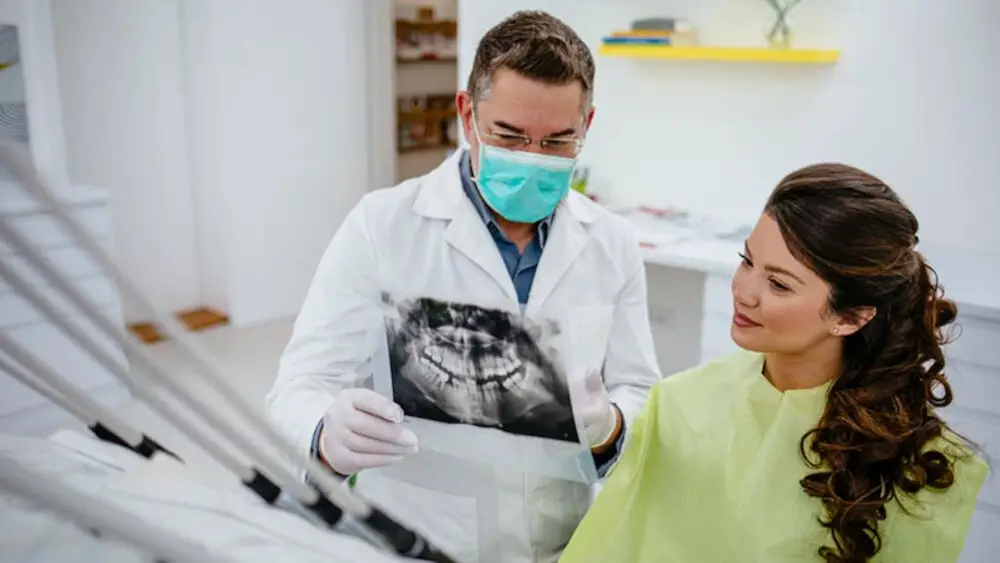
Alternative treatments for buck teeth include a wide range of options, from natural remedies to dental devices designed to straighten teeth. One such option is orthodontic headgear, which is worn outside the mouth and applies pressure to the upper jaw to help pull the teeth back into alignment. Another alternative treatment is clear aligner therapy, which uses a series of clear plastic trays to gradually shift teeth into their desired position. This option is often favored by individuals who are looking for a discreet and non-invasive way to correct their teeth. In addition to these more traditional treatments, there are also a number of natural remedies that have been shown to be effective in treating buck teeth. For instance, exercises that strengthen the muscles in the jaw and face can help to realign teeth over time. Similarly, tongue exercises can help to improve the positioning of the tongue in the mouth, which can have a positive impact on the alignment of teeth. Finally, there are a number of herbal remedies that can be used to promote healthy teeth and gums, including herbs like chamomile, sage, and peppermint. By combining these alternative treatments with traditional orthodontic solutions, individuals can achieve straighter, healthier teeth in a way that works best for them.
Alternative treatments for buck teeth include orthodontic options such as clear aligners, ceramic braces, and lingual braces. Clear aligners such as Invisalign are virtually invisible and can straighten teeth without the need for metal brackets and wires. Ceramic braces work similarly to traditional metal braces but blend in with the natural color of teeth. Lingual braces are placed on the back of teeth, making them invisible from the front. Other alternative treatments include porcelain veneers, which can cover up the appearance of buck teeth, and orthognathic surgery for severe cases. It is important to consult with a dental professional to determine which treatment option is best suited for individual needs.
When it comes to treating buck teeth, traditional orthodontic treatment and Invisalign aren’t the only options available. Alternative treatments such as porcelain veneers, bonding, and contouring can be used to improve the appearance of teeth without the need for extensive orthodontic work. Porcelain veneers are thin shells that are attached to the front of teeth to improve their appearance. Bonding involves the use of a tooth-colored resin to fill in gaps or chips in teeth. Contouring involves the reshaping of teeth to improve their appearance. While these alternative treatments may not be suitable for everyone, they offer a less invasive and often faster solution for those looking to improve their smile.
Alternative treatments for buck teeth can offer a variety of benefits, such as being less invasive than traditional orthodontic methods, having fewer side effects, and being more affordable. Some alternative treatments, such as clear aligners or lingual braces, can also be more discreet and aesthetically pleasing than traditional metal braces. However, alternative treatments may not be suitable for everyone, and they may not always produce the desired results. Additionally, alternative treatments may take longer to achieve the desired outcome or require more frequent appointments. It is important to consult with a qualified orthodontist to determine the best treatment plan for your individual needs.
There are several types of treatments available for buck teeth, depending on the severity of the condition. Orthodontic treatment is the most common and involves the use of braces or clear aligners to gradually move the teeth into their correct position. In more severe cases, a palatal expander may be needed to widen the upper jaw. If the patient’s jaw is misaligned, orthognathic surgery may be necessary to correct the issue. Another option is dental veneers or bonding, which involves applying a thin layer of material to the front of the teeth to improve their appearance. It’s important to consult with a dentist or orthodontist to determine the best course of treatment for each individual case.
When it comes to choosing the right treatment for buck teeth, it’s important to consult with a qualified orthodontist. They will be able to assess the severity of your case and recommend the most appropriate treatment options. In some cases, traditional braces may be the best option, while others may benefit from clear aligners or even surgery. It’s also important to consider the financial and time commitments of each treatment option, as well as any potential risks or side effects. Ultimately, the best treatment plan is one that fits your individual needs and goals, and that you feel comfortable and confident with.
In conclusion, getting rid of buck teeth can be a challenging and sometimes lengthy process, but the results are worth it. Whether you choose to pursue orthodontic treatment or try natural remedies, consistency and patience are key. It’s important to remember that everyone’s journey is different, and what works for one person may not work for another. It’s also important to consult with a dental professional before making any significant changes to your dental routine. With dedication and perseverance, you can achieve a beautiful, healthy smile that you can be proud of. Don’t let buck teeth hold you back any longer – take the first step towards a brighter future today.
Conclusion
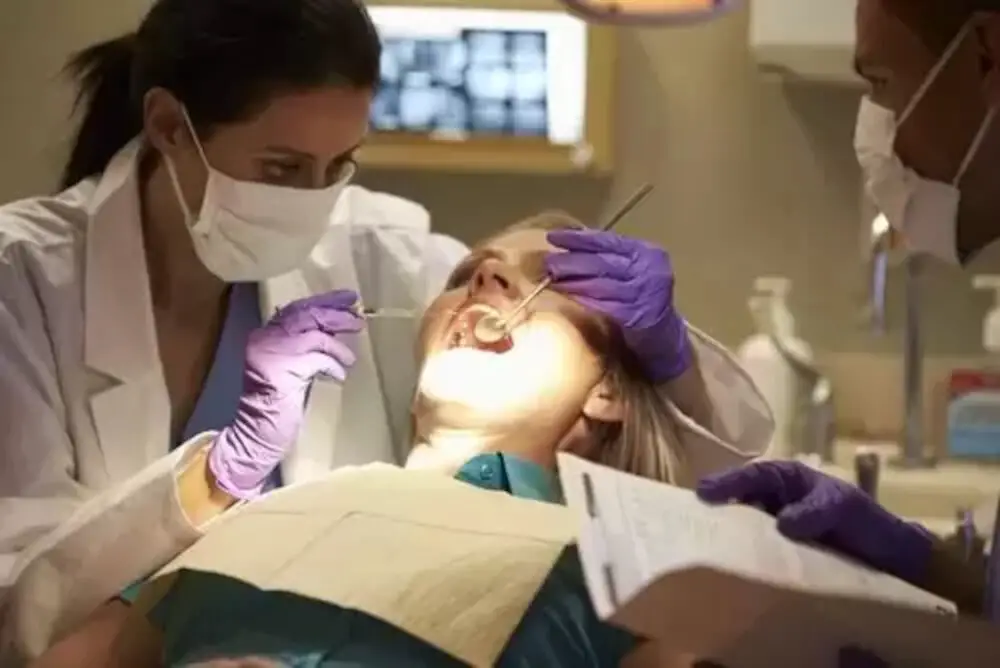
In conclusion, having buck teeth can be a source of insecurity for many people, but it is a treatable condition. There are various methods available to correct this dental issue, ranging from traditional braces to more advanced orthodontic treatments. Additionally, practicing good oral hygiene and avoiding certain habits can also help prevent the development of buck teeth. It is important to consult with a dental professional to determine the best course of action for each individual case. With dedication and patience, anyone can achieve a healthier, more confident smile.


